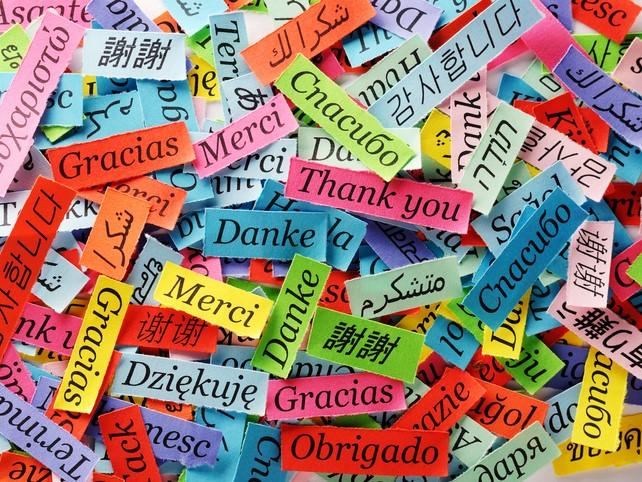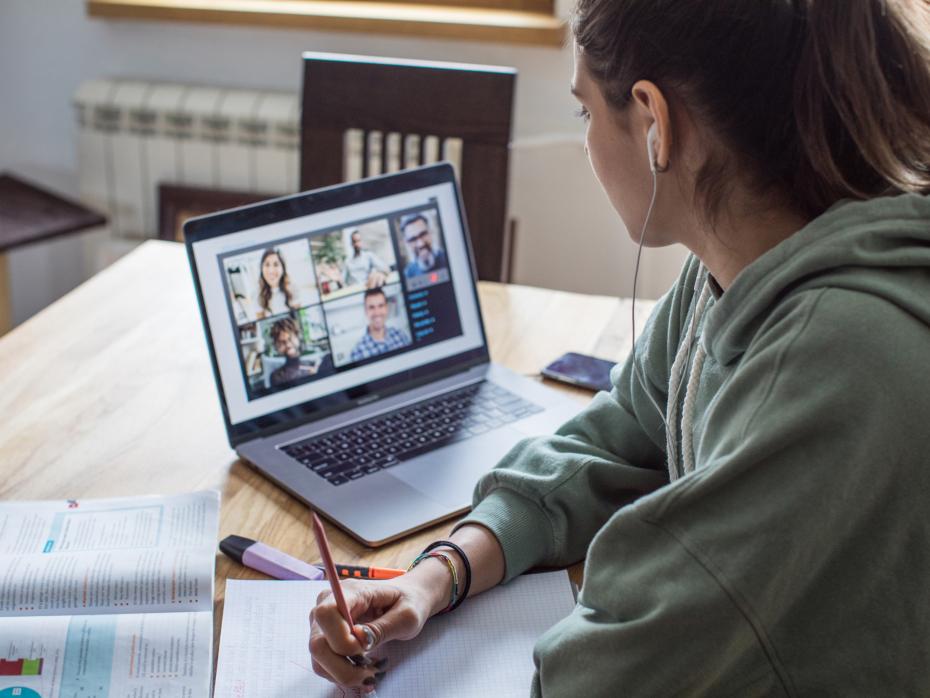
Unlock the benefits of multilingualism in higher education
In the 2022-23 academic year, 763,660 international students pursued degrees in the UK, representing 26 per cent of the total student population. While these figures from the Higher Education Statistics Agency (Hesa) highlight the multicultural nature of UK universities, they fail to capture the rich linguistic diversity brought by international students and local multilingual communities. Given the central role that languages play in both academic achievement and social integration, we need to address this oversight.
We launched the Multilingual University project to map the range of languages spoken on campus. Led by a team of researchers, this initiative aims to celebrate the diverse linguistic landscape, promote inclusivity and support students’ linguistic identities. Here, we outline practical strategies for recognising multilingualism as an asset and embedding it into university culture.
Mapping multilingualism: surveying the linguistic landscape
The first step in recognising multilingualism is understanding the linguistic diversity in higher education. We conducted a university-wide survey, with 627 participants, including students, academic staff and professional services colleagues. The results revealed a total of 133 languages and 61 language varieties spoken by the university community, highlighting the vibrant linguistic landscape of the institution.
For institutions interested in implementing a similar approach, we suggest:
Conducting a language survey: Gather data on the languages spoken by students and staff. This can help identify common languages and language needs, which can inform support services, language classes or culturally relevant resources.
Engaging schools and colleges across the institution: Share the survey findings with schools and colleges to raise awareness of the university’s linguistic diversity. Encourage them to explore how they can integrate this knowledge into their programmes, support services and student activities, ensuring that multilingualism is recognised and opportunities for language use are expanded.
Practical steps for promoting multilingualism
After collecting data, institutions can take tangible steps to recognise and support linguistic diversity. Effective strategies include:
Organise events celebrating multilingualism
Host language-themed events: At Westminster, we organised an event in January 2024 to present survey findings and celebrate our multilingual community. Activities included interactive sessions where participants visualised their linguistic repertoires, sharing stories about their language experiences.
Incorporate cultural elements: Events can feature cultural performances or storytelling in multiple languages, fostering a deeper appreciation for different linguistic traditions.
Make multilingualism visible on campus
Redesign signage: The Multilingual University project is working with international students to incorporate multilingual phrases from the Being Westminster 2022-2029 Strategy into campus signage. This initiative aims to make linguistic diversity more visible and foster a sense of belonging.
Use multilingual digital platforms: Websites, apps and communication tools can include language options or translations for key information, making the campus more accessible for multilingual speakers.
Integrate multilingualism into learning and teaching practices
Encourage the use of students’ home languages in learning activities: For instance, students could be invited to share perspectives from texts in their native language or compare linguistic concepts across languages. This can enrich classroom discussions and support deeper understanding.
Provide language resources and workshops: Universities can offer resources like translation tools, workshops on academic writing in different languages, or conversation groups to help multilingual students develop skills in both their home language and English.
How embracing multilingualism improves inclusivity
Promoting multilingualism goes beyond acknowledging language diversity; it actively contributes to a more inclusive university environment. While English acts as a unifying force, students who can express themselves in their primary language often feel more comfortable and connected to their peers, according to our research. This sense of belonging is crucial for student well-being and academic success.
The approach outlined here can:
- Enhance students’ academic experiences: Incorporating linguistic diversity into teaching can make content more relatable and engaging for students from different backgrounds.
- Foster a stronger sense of community: Visible signs of multilingualism, such as multilingual signage and language events, signal that linguistic diversity is valued, helping students feel included.
- Prepare students for a globalised world: Celebrating multilingualism equips students with skills and cultural awareness that are beneficial in international contexts.
The Multilingual University project highlights the benefits of celebrating linguistic diversity on campus. By taking practical steps to make multilingualism visible, supporting the use of students’ home languages and integrating linguistic diversity into teaching, universities can create more inclusive and welcoming environments. As the number of international students continues to grow, embracing multilingualism is not just a gesture of inclusivity – it is an essential step towards preparing students for a globalised future.
Katherine Mansfield is a senior lecturer and Julio Gimenez is principal lecturer at the Centre of Education and Teaching Innovation at the University of Westminster.
If you would like advice and insight from academics and university staff delivered direct to your inbox each week, sign up for the Campus newsletter.




